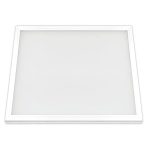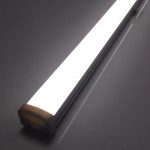LED Light Bulbs: How Much Will You Save by Running Them?
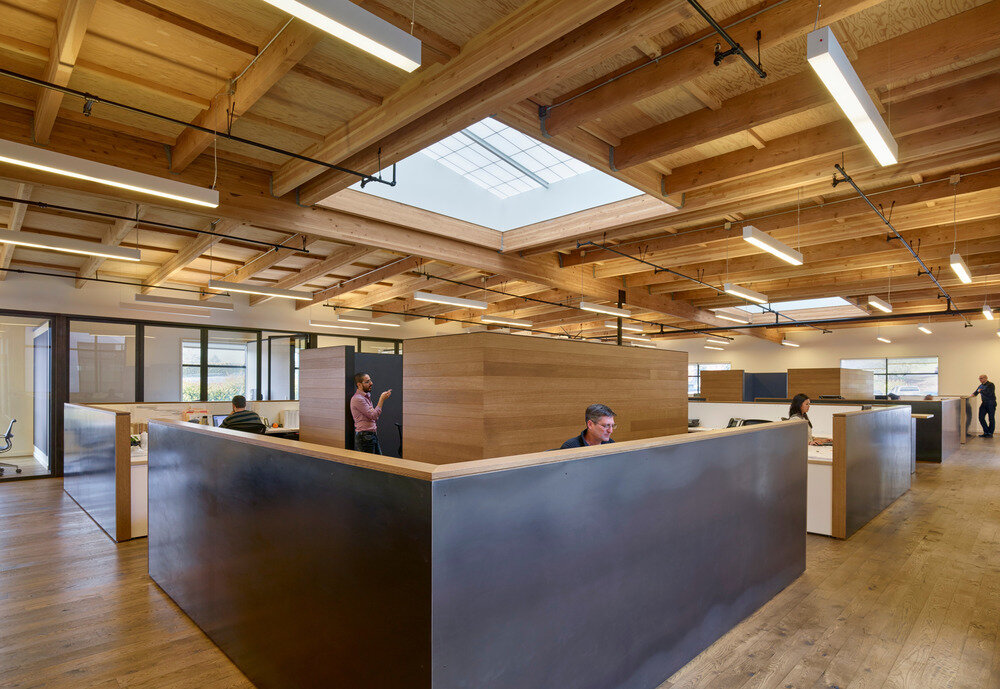
Light-emitting diode (LED) light bulbs are becoming increasingly popular among homeowners and businesses, and for good reason. Not only are LED bulbs more energy-efficient than traditional incandescent bulbs, but they also last longer and emit less heat. However, many people are hesitant to make the switch to LED bulbs because of their higher upfront cost. This raises the question: how much money will you actually save in the long run by running LED light bulbs?The answer to this question depends on a variety of factors, including the cost of electricity in your area, the number of bulbs you have in your home or business, and how often you use them. While it may be tempting to stick with your current incandescent bulbs because they seem cheaper upfront, investing in LED bulbs can actually save you a significant amount of money over time. In this article, we’ll explore the economics of LED light bulbs and help you determine whether making the switch is the right choice for you.
LED light bulbs are a modern and energy-efficient lighting solution that has rapidly gained popularity in recent years. Unlike traditional incandescent bulbs, LED bulbs produce light by using a semiconductor to convert electric current into light energy. This results in a much cooler and longer-lasting light source that uses significantly less electricity. LED bulbs are also available in a variety of colors and brightness levels, making them a versatile choice for both residential and commercial lighting applications. While LED bulbs may have a higher upfront cost than traditional bulbs, their long lifespan and energy efficiency can result in significant cost savings over time.
LED light bulbs offer a multitude of advantages over traditional incandescent or fluorescent bulbs. One of the most significant benefits is the energy savings they provide. LED bulbs use up to 80% less energy than incandescent bulbs, which translates to lower electricity bills and a reduced carbon footprint. Additionally, LED bulbs have a longer lifespan, lasting up to 25 times longer than incandescent bulbs, which means fewer replacements and less waste. LED bulbs also emit less heat, making them safer to use and reducing the strain on air conditioning systems. Finally, LED bulbs are available in a variety of colors and can be dimmed, giving users more control over their lighting environment. Overall, the advantages of using LED light bulbs are numerous and make them a smart choice for anyone looking to save money and reduce their environmental impact.
Cost Savings
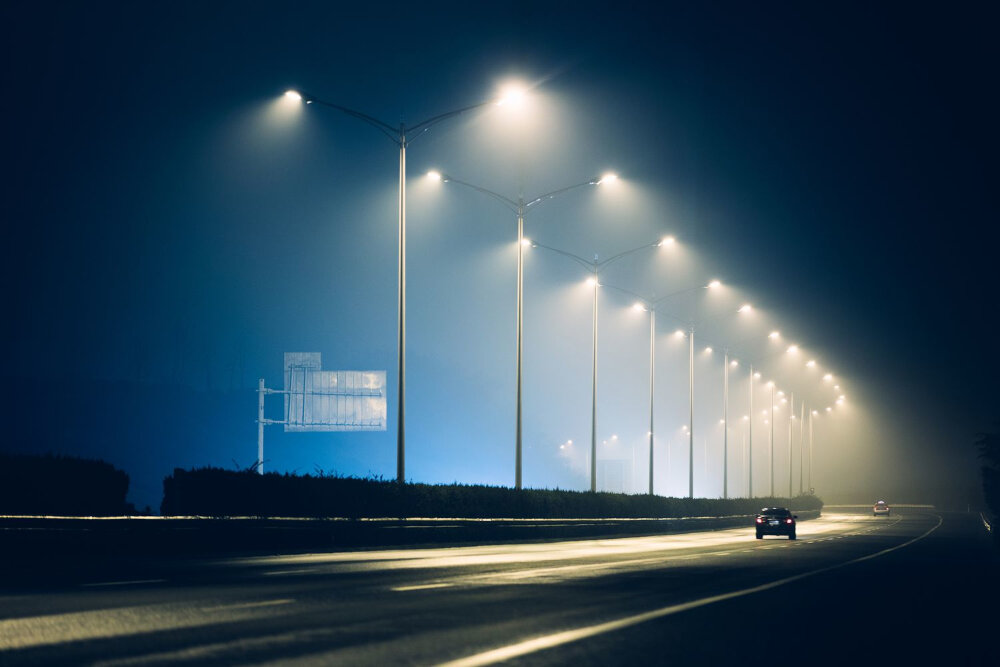
LED light bulbs are becoming more and more popular among consumers due to their energy efficiency and long lifespan. One of the main advantages of LED bulbs is the cost savings they provide. While the initial cost of an LED bulb may be higher than a traditional incandescent or fluorescent bulb, the long-term savings are significant. LED bulbs use up to 80% less energy than traditional bulbs, resulting in lower energy bills and reduced carbon footprint. Additionally, LED bulbs last up to 25 times longer than traditional bulbs, saving you money on replacement costs. By switching to LED bulbs, you can expect to save hundreds of dollars over the lifetime of the bulb. Not only do LED bulbs provide cost savings for homeowners, but they can also benefit businesses and municipalities. LED streetlights, for example, can save cities and towns significant amounts of money on electricity bills and maintenance costs. LED bulbs can also improve safety by providing better visibility and reducing the need for frequent bulb replacements. Businesses can benefit from the cost savings of LED lighting by reducing their energy bills and improving the overall aesthetic of their space. The initial investment in LED lighting may seem daunting, but the long-term cost savings make it a wise choice for both residential and commercial use.
When it comes to initial cost, traditional bulbs are usually cheaper than LED light bulbs. However, it’s important to consider the long-term savings that LED bulbs offer. While traditional bulbs may cost less upfront, they have a much shorter lifespan and consume significantly more energy. This means that you’ll end up spending more money over time on replacement bulbs and higher energy bills. LED bulbs, on the other hand, have a higher initial cost but are much more energy-efficient and can last up to 25 times longer than traditional bulbs. This means that you’ll save money in the long run by using LED bulbs, despite the higher initial cost.
An analysis of long-term cost savings from using LED light bulbs shows that the initial investment in these bulbs can pay off in a significant way over time. Although LED bulbs are generally more expensive to purchase than traditional incandescent bulbs, they last much longer and use significantly less energy. This means that over the course of their lifespan, which can be up to 25 times longer than incandescent bulbs, they can save consumers a significant amount of money on their energy bills. Additionally, LED bulbs are much more durable than traditional bulbs, meaning that they are less likely to need replacing due to breakage or other damage. Overall, the analysis shows that investing in LED bulbs can be a smart financial decision for consumers looking to save money on their energy bills over the long term.
Energy Efficiency
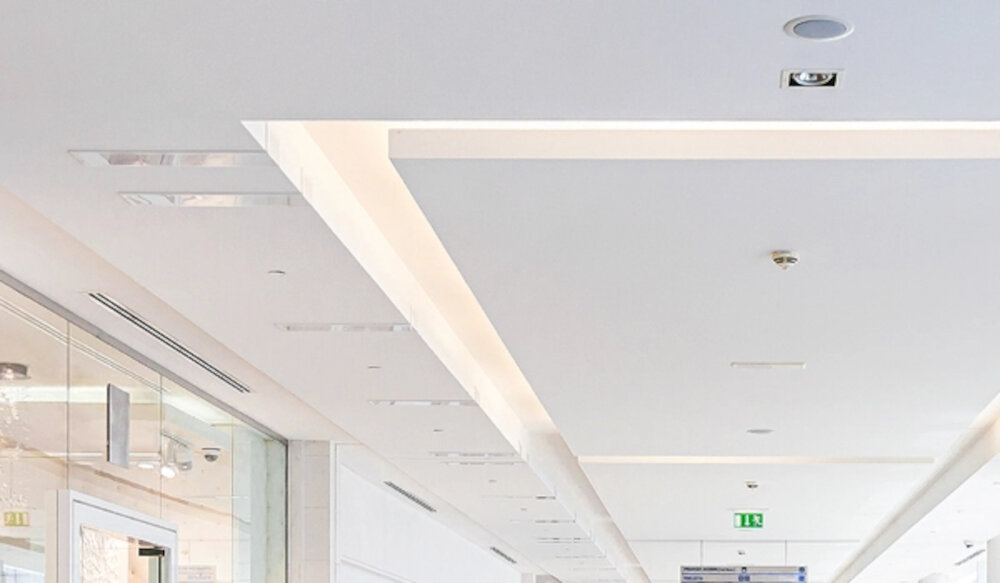
Energy efficiency is a measure of how much energy is needed to perform a specific task. In the context of LED light bulbs, energy efficiency refers to how much energy is needed to produce a given amount of light. Compared to traditional incandescent light bulbs, LED bulbs are much more energy-efficient. In fact, they use up to 80% less energy than incandescent bulbs to produce the same amount of light. This means that switching to LED bulbs can result in significant energy savings over time. Not only is this good for the environment, but it can also save you money on your energy bills. LED bulbs are more energy-efficient than incandescent bulbs for several reasons. First, they convert a higher percentage of the energy they consume into light, whereas incandescent bulbs waste a significant amount of energy as heat. Second, LED bulbs typically require less energy to produce the same amount of light, due to their advanced technology and design. Finally, LED bulbs have a longer lifespan than incandescent bulbs, so they need to be replaced less frequently. All of these factors contribute to the energy efficiency of LED bulbs, making them an excellent choice for anyone looking to save energy and reduce their carbon footprint.
LED light bulbs are known for their energy efficiency, which is a result of their unique design and technology. Unlike traditional incandescent bulbs that generate light by heating a filament, LEDs use a semiconductor material that emits light when an electrical current is passed through it. This means that LED bulbs require less energy to produce the same amount of light as incandescent bulbs, resulting in significantly lower energy bills. Additionally, LED bulbs have a longer lifespan, further reducing their environmental impact and saving money in the long run. Overall, the energy efficiency of LED bulbs makes them a smart and sustainable choice for consumers looking to reduce their energy consumption and save money on their electricity bills.
When it comes to energy consumption, traditional incandescent light bulbs are notorious energy hogs, consuming far more electricity than their LED counterparts. LED bulbs are designed to be more energy-efficient, using up to 80% less energy than traditional bulbs to produce the same amount of light. This translates to significant savings on your electricity bill over time. In addition, LED bulbs last much longer than traditional bulbs, reducing the frequency of replacements and further reducing their overall impact on energy consumption. By switching to LED bulbs, you can not only save money on your energy bills but also help reduce your carbon footprint and contribute to a more sustainable future.
The analysis of energy cost savings is a critical aspect of determining the feasibility of using LED light bulbs. LED bulbs are known to be energy-efficient and long-lasting, making them a popular choice among homeowners and businesses. The cost savings that can be achieved by using LED bulbs are significant and can vary depending on factors such as the number of bulbs used, the wattage of the bulbs, and the hours of usage. By comparing the cost of running LED bulbs to traditional incandescent bulbs, it is evident that LED bulbs can save a considerable amount of money over time. Additionally, LED bulbs also have a lower carbon footprint, making them a more sustainable and environmentally friendly option. Therefore, it is advisable to switch to LED bulbs to see a significant reduction in energy costs and contribute to a greener future.
Longevity
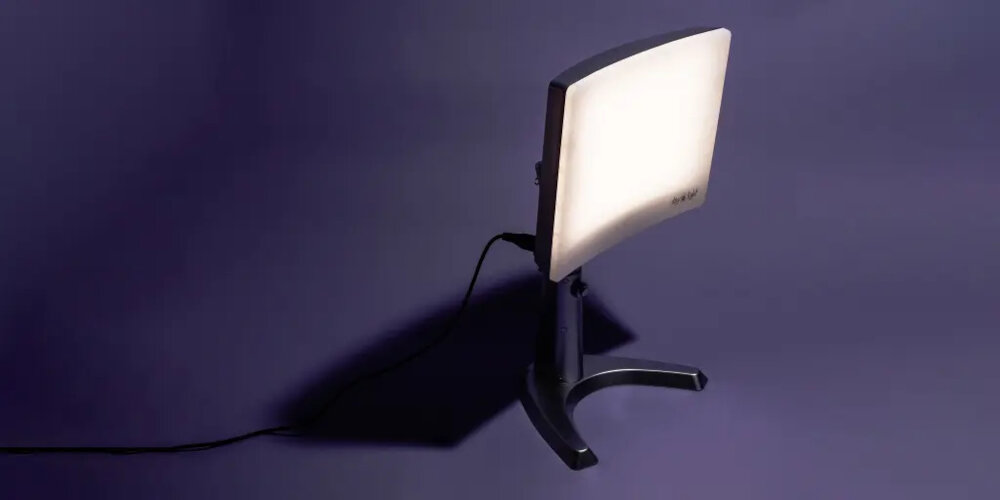
Longevity is one of the most important factors to consider when purchasing LED light bulbs. Unlike traditional incandescent bulbs, LED bulbs have a significantly longer lifespan which can save you money in the long run. In fact, LED bulbs can last up to 25 times longer than incandescent bulbs, which means you won’t have to replace them as often. This is due to the fact that LED bulbs use a different technology that doesn’t rely on a filament to produce light, which is the part of the bulb that typically burns out. Instead, LED bulbs use a semiconductor that emits light when an electric current is passed through it, making them much more durable and long-lasting. When it comes to longevity, LED bulbs also have an advantage over other types of energy-efficient bulbs, such as compact fluorescent bulbs. While CFL bulbs can last up to 10 times longer than incandescent bulbs, they still don’t compare to the longevity of LED bulbs. Additionally, LED bulbs don’t contain the harmful chemicals that CFL bulbs do, making them a better choice for the environment. Overall, choosing LED bulbs for your home or office can save you money and reduce your environmental impact in the long run due to their exceptional longevity.
LED bulbs have a significantly longer lifespan compared to traditional incandescent bulbs. The lifespan of an LED bulb is determined by the number of hours it can operate before it reaches 70% of its initial light output. The average lifespan of an LED bulb is around 25,000 hours, which is equivalent to approximately 22 years of use when used for 3 hours per day. However, the lifespan of an LED bulb depends on several factors such as the quality of the bulb, operating conditions, and usage patterns. LED bulbs are not affected by frequent switching on and off, unlike incandescent bulbs, which can reduce their lifespan. Additionally, LED bulbs produce less heat, which also contributes to their longer lifespan. Overall, investing in LED bulbs can lead to significant cost savings in the long run due to their extended lifespan and energy efficiency.
The longevity of LED light bulbs is a significant advantage when compared to traditional bulbs. LED bulbs can last up to 25 times longer than incandescent bulbs and up to 3 times longer than compact fluorescent bulbs. This extended lifespan is due to the fact that LED bulbs do not rely on a filament that can burn out, but instead use a semiconductor to produce light. This also means that LED bulbs do not emit as much heat as traditional bulbs, which can cause damage to the bulb and shorten its lifespan. In addition to lasting longer, LED bulbs are also more energy-efficient, meaning they use less electricity and ultimately save you more money in the long run.
One of the significant advantages of LED light bulbs is their long lifespan, which can lead to cost savings from reduced replacement needs. Unlike traditional incandescent bulbs, LED bulbs can last up to 25,000 hours, which is about 25 times longer. This extended lifespan translates to fewer bulb replacements, and thus, lower maintenance costs over time. Additionally, LED bulbs are more energy-efficient than their incandescent counterparts, resulting in lower electricity bills. Although LED bulbs’ initial cost may be higher, the long-term cost savings from reduced replacement needs and lower energy bills make them a cost-effective choice for households and businesses alike.
Environmental Impact
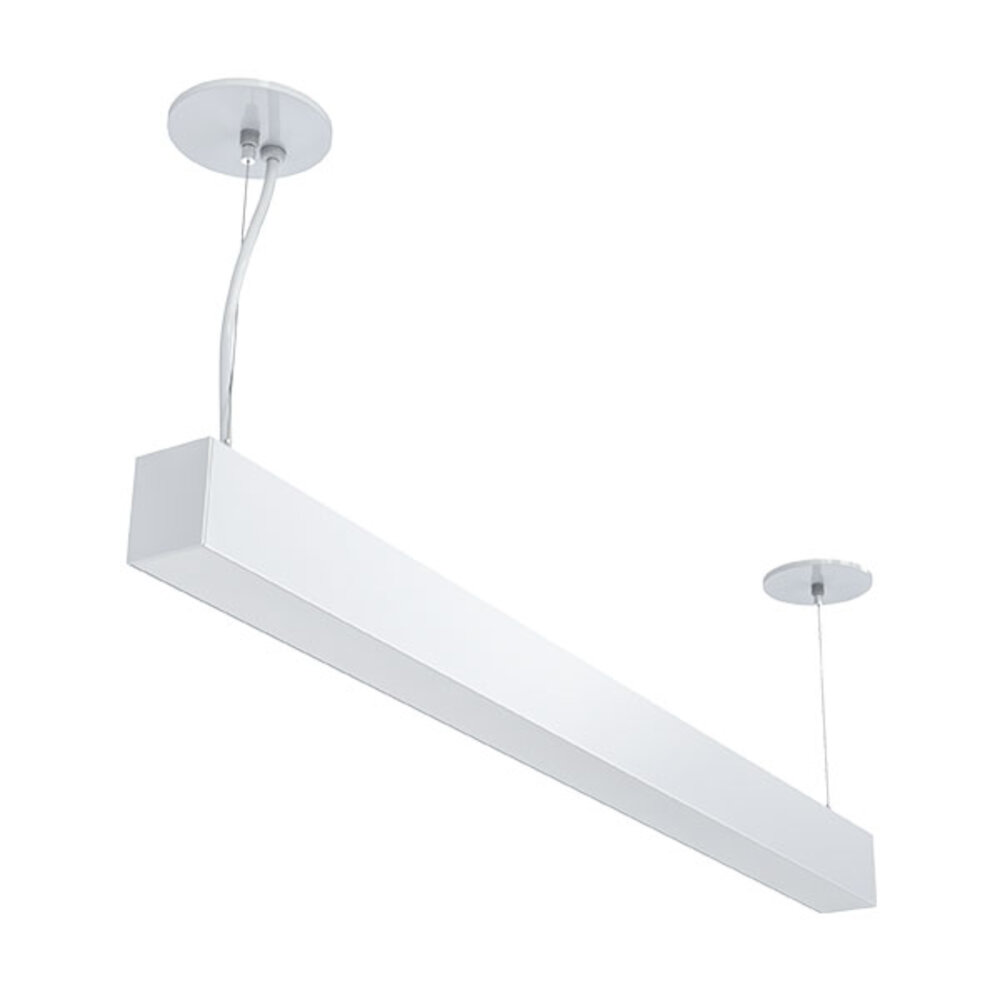
The environmental impact of LED light bulbs is significant, as they consume less energy and produce fewer greenhouse gas emissions than traditional incandescent bulbs. LED bulbs convert up to 90% of the energy they use into light, compared to only 10% for incandescent bulbs. This means that LED bulbs use far less energy to produce the same amount of light, resulting in lower electricity bills and reduced carbon emissions. Furthermore, LED bulbs do not contain harmful materials such as mercury, which is commonly found in fluorescent bulbs. This means that LED bulbs are much safer and easier to dispose of than traditional bulbs, and they do not release harmful toxins into the environment. Additionally, LED bulbs are much more durable than traditional bulbs, which means they need to be replaced less frequently, reducing the amount of waste produced. Overall, the environmental benefits of LED bulbs are clear, making them an excellent choice for anyone looking to reduce their carbon footprint and save money on their energy bills.
LED bulbs have earned their green credentials because of their energy efficiency and low carbon footprint. Unlike traditional incandescent bulbs, LEDs use only a fraction of the energy to produce the same amount of light. This means that they consume less electricity and therefore emit fewer greenhouse gases. Additionally, LED bulbs have a much longer lifespan than other bulbs, reducing the amount of waste produced by replacing them. They also contain no hazardous materials such as mercury, which is commonly found in fluorescent bulbs. Overall, LED bulbs are a sustainable and eco-friendly lighting option that can help reduce energy consumption and protect the environment.
When it comes to environmental impact, LED light bulbs are a clear winner over traditional bulbs. Traditional bulbs, such as incandescent and fluorescent, consume much more energy, which in turn leads to higher greenhouse gas emissions. In comparison, LED bulbs are much more energy-efficient and emit fewer greenhouse gases, reducing the carbon footprint. Furthermore, traditional bulbs contain hazardous materials such as mercury, which pose a threat to the environment and human health. On the other hand, LED bulbs are free of such materials, making them a safer and more eco-friendly choice. Overall, the use of LED bulbs is a small but significant step towards sustainability and reducing our impact on the environment.
One of the most significant benefits of using LED light bulbs is the potential cost savings from reduced environmental impact. LED bulbs are far more energy-efficient than traditional incandescent bulbs, which means they use less electricity to produce the same amount of light. This reduced energy consumption translates into lower electricity bills and a smaller carbon footprint. Additionally, LED bulbs have a much longer lifespan than traditional bulbs, meaning they need to be replaced less frequently, further reducing waste and costs. By choosing LED bulbs for your home or business, you can not only save money on your energy bills but also contribute to a more sustainable future.
LED light bulbs have revolutionized the way we light our homes, and they offer a plethora of cost savings and environmental benefits. The initial investment in LED bulbs may seem expensive, but they last up to 25 times longer than traditional incandescent bulbs and consume up to 80% less energy, which translates into significant savings on your energy bills. Additionally, LED bulbs emit less heat, making them safer and reducing the need for air conditioning, which can further reduce your energy costs. LED bulbs also have a lower carbon footprint, as they require less energy to produce and last longer, reducing the amount of waste produced. Overall, investing in LED bulbs is not only a smart financial decision but also an environmentally conscious one.
Making the switch to LED light bulbs is a smart and cost-effective decision that will benefit both your wallet and the environment. LED bulbs use significantly less energy than traditional incandescent bulbs, resulting in lower electricity bills and a reduced carbon footprint. Not only do they last longer, but they also emit less heat, making them safe and energy-efficient. With the increasing concern for environmental sustainability, switching to LED bulbs is a simple yet impactful way to make a difference. So, take action today and replace your old bulbs with LED bulbs to save money and help the planet.
Conclusion
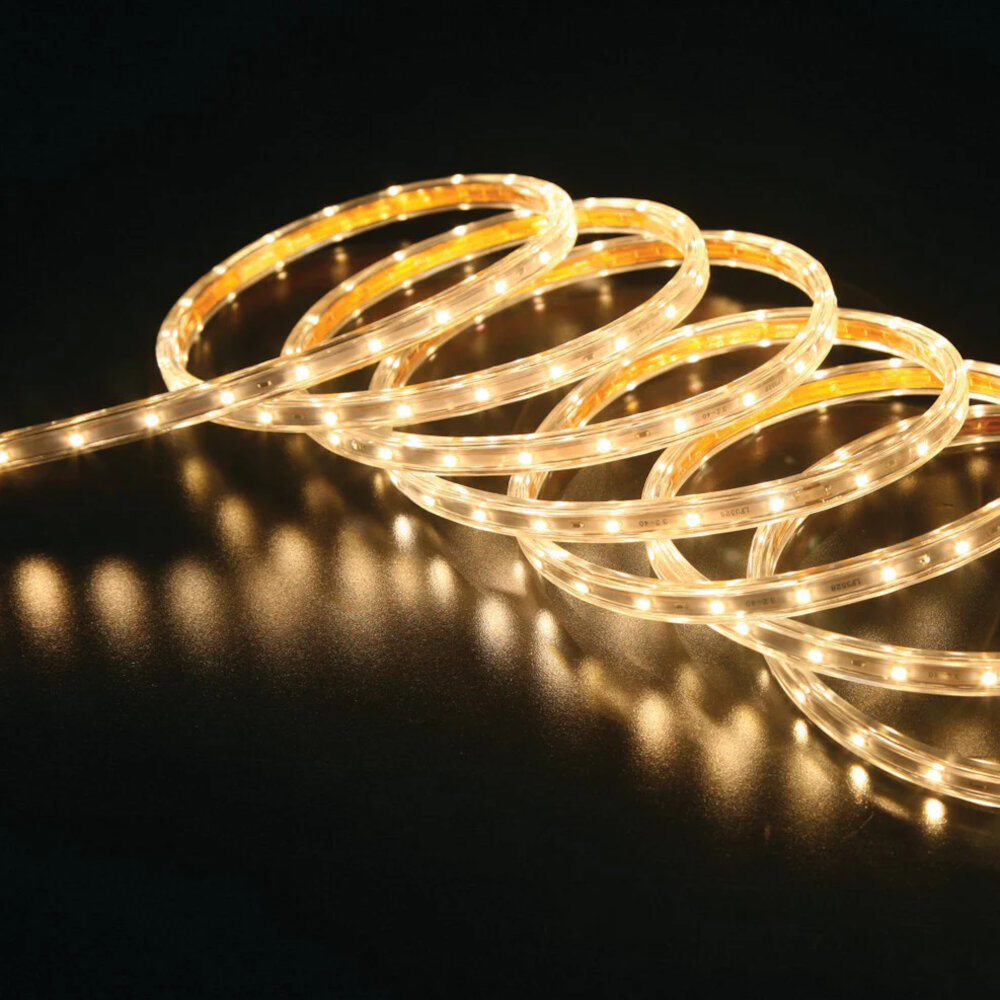
In conclusion, LED light bulbs are an energy-efficient and cost-effective alternative to traditional incandescent bulbs. By switching to LED bulbs, you can save a significant amount on your energy bills and reduce your carbon footprint. Although the initial cost of LED bulbs may be higher, their long lifespan and low energy consumption make them a worthwhile investment in the long run. Furthermore, LED bulbs offer a wide range of styles and colors, making them a versatile option for any lighting need. So, if you’re looking to cut down on your energy expenses and make a positive impact on the environment, switching to LED bulbs is a smart choice.

